Home>Garden Essentials>Why Fake Grass Is Bad
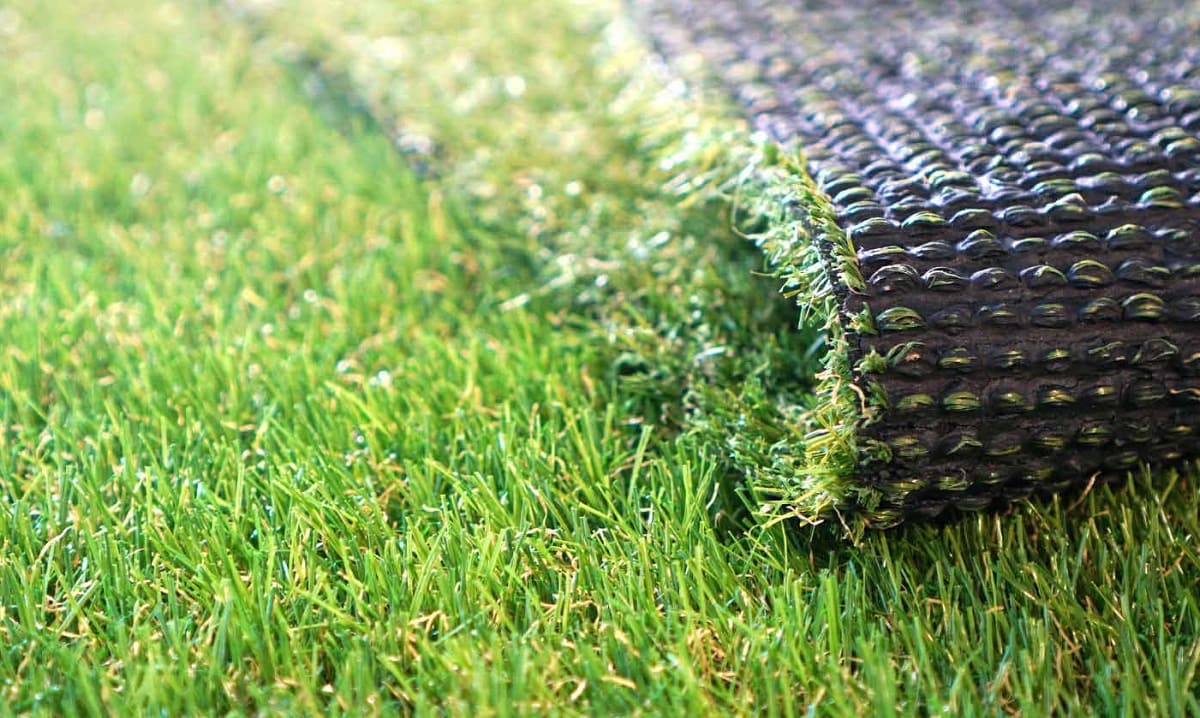

Garden Essentials
Why Fake Grass Is Bad
Modified: October 18, 2024
Discover why fake grass can be detrimental for your garden. Explore the negative impacts and consider natural alternatives for a healthier and more sustainable outdoor space.
(Many of the links in this article redirect to a specific reviewed product. Your purchase of these products through affiliate links helps to generate commission for Storables.com, at no extra cost. Learn more)
html
Introduction
Welcome to our comprehensive guide on the effects of using fake grass in your garden. While synthetic turf may have gained popularity in recent years due to its low maintenance and year-round green appearance, it’s important to consider the potential drawbacks and environmental impact of this artificial alternative. In this article, we will explore the various reasons why opting for fake grass may not be the best choice for your garden, as well as provide insights into the benefits of natural grass.
As more and more homeowners seek to have the perfect lawn without all the hassle of mowing, watering, and weeding, artificial turf has emerged as an appealing solution. However, it’s crucial to understand the implications of this choice in terms of environmental sustainability, health risks, impact on wildlife, maintenance requirements, and aesthetic considerations.
Throughout this article, we will delve into the environmental issues posed by fake grass, including the use of non-biodegradable materials and the potential for increased water runoff and drainage problems. We will also address the health concerns associated with the chemicals and toxins found in artificial turf, which can have adverse effects on human well-being. Furthermore, we will examine the impact that such synthetic landscapes can have on local wildlife, disrupting natural habitats and biodiversity.
In addition, we will discuss the maintenance and upkeep required for fake grass, as it is not a completely maintenance-free solution. We will explore the differences in aesthetics and the natural feel of artificial turf compared to the lush and dynamic experience of real grass. We will also shed light on the issue of synthetic material waste and the lack of recyclability, which contributes to environmental pollution.
Throughout this article, we will draw comparisons between synthetic and natural grass, examining the benefits of the latter. By the end, we hope to provide you with an informed perspective that will aid your decision-making process when it comes to choosing the best option for your garden.
html
Key Takeaways:
- Say no to fake grass! It harms the environment, contains harmful chemicals, and disrupts wildlife. Choose real grass for a safer, more beautiful, and eco-friendly garden.
- Real grass is the way to go! It’s better for the environment, safer for your health, and supports local wildlife. Embrace the beauty and sustainability of natural grass in your garden.
Read more: Why Use Fake Grass
Environmental Issues
One of the main concerns with fake grass is its impact on the environment. While it may seem like an eco-friendly choice due to the elimination of water consumption and the need for chemical fertilizers and pesticides, the production and disposal of synthetic turf come with their own set of environmental challenges.
The materials used in artificial grass, such as plastic polymers and rubber infill, are derived from non-renewable resources. These materials require significant energy consumption and contribute to carbon emissions during the manufacturing process. Additionally, the manufacturing and transportation of synthetic turf consume large amounts of water, electricity, and fossil fuels, further exacerbating their environmental footprint.
Furthermore, since fake grass does not have the natural ability to absorb rainwater like real grass does, it can contribute to increased water runoff and drainage problems. This can lead to flooding and erosion, as well as the contamination of water bodies with pollutants and chemicals from the artificial turf.
Moreover, when fake grass reaches the end of its lifespan or needs to be replaced, it often ends up in landfills. Given that synthetic turf is not biodegradable, it adds to the already growing problem of plastic waste polluting our environment. With the increasing demand for artificial turf, the accumulation of non-recyclable materials poses a serious threat to our ecosystems.
It is essential to consider these environmental issues when making a decision about your garden. By opting for natural grass and implementing sustainable lawn care practices, such as using organic fertilizers and reducing water usage, you can contribute to a healthier and more environmentally-friendly landscape.
html
Health Concerns
While it may be tempting to believe that fake grass is a safer and cleaner option compared to real grass, there are potential health concerns associated with the use of synthetic turf.
Artificial grass often contains chemicals and toxins that can be harmful to human health. These include volatile organic compounds (VOCs), lead, and other heavy metals present in the plastic polymers and infill materials used in its production. Exposure to VOCs and lead has been linked to respiratory issues, allergic reactions, and even neurological problems, especially in children and pets.
Furthermore, the heat retention properties of synthetic turf can create elevated temperatures, making it uncomfortable and potentially harmful for people and animals to walk or play on. On hot summer days, the surface temperature of artificial grass can reach levels that cause burns and blisters.
Additionally, the lack of natural soil and vegetation in fake grass reduces its ability to filter pollutants and purify the air. This can result in inferior air quality around the artificial turf, particularly in urban areas. Real grass, on the other hand, acts as a natural air purifier, absorbing carbon dioxide and releasing oxygen.
It is crucial to consider these potential health risks and weigh them against the benefits of using fake grass. If the health and well-being of your family are a priority, you may want to reconsider opting for natural grass, which provides a safer and more environmentally-friendly environment.
html
Impact on Wildlife
The use of fake grass in gardens can have significant consequences for local wildlife and ecosystem balance. Natural grass provides a habitat and food source for various organisms, supporting biodiversity and the intricate web of life.
By replacing real grass with artificial turf, we disrupt the natural habitat of insects, birds, and other small animals that rely on grass for nesting, foraging, and shelter. Artificial turf lacks the diverse plant life and microorganisms that support a thriving ecosystem, leading to a loss of biodiversity in the area.
Insects, such as bees and butterflies, play a crucial role in pollination, contributing to the reproduction of many plant species. Without a natural grass environment, these pollinators may struggle to find suitable food sources and breeding grounds.
Additionally, the absence of real grass eliminates the natural prey and shelter options for birds and small mammals. This disruption can cascade through the food chain, affecting other wildlife that rely on these species for survival.
Moreover, the rubber infill commonly used in fake grass poses a particular danger to wildlife. Birds and small animals may mistake the rubber pellets for food, leading to ingestion and potential health issues.
To sustain wildlife and promote a healthy ecosystem, it is crucial to prioritize the preservation of natural habitats. Choosing real grass over fake grass allows for the preservation of a biodiverse environment that supports and nourishes local wildlife populations.
html
Maintenance and Upkeep
One of the selling points of fake grass is the claim that it requires minimal maintenance compared to real grass. While it’s true that artificial turf doesn’t need mowing, watering, or fertilizing, it is not entirely maintenance-free.
Over time, fake grass can accumulate dirt, dust, and debris, which can make it look dull and less appealing. Regular cleaning is necessary to maintain its aesthetic appeal. This can involve sweeping or hosing down the surface to remove dirt and debris, as well as using a mild detergent for more stubborn stains.
In addition to cleaning, artificial turf may require brushing to keep the blades upright and prevent matting or flattening. This is especially true in high-traffic areas where foot traffic can cause the fibers to flatten over time.
If you have pets, you will still need to address their waste on fake grass. While it may be easier to clean up compared to real grass, it still requires regular removal of solid waste and proper disinfection to prevent odor and bacterial growth.
Moreover, fake grass can become hot to the touch under direct sunlight, making it uncomfortable for both humans and pets. In such cases, you may need to hose it down or provide shade to cool the surface temperature.
While the maintenance requirements of fake grass may be less demanding than those of real grass, they still exist. It’s important to factor in these maintenance tasks as part of your decision-making process.
html
When discussing the drawbacks of fake grass, it’s important to highlight the environmental impact, such as the use of non-biodegradable materials and the potential for heat retention.
Aesthetics and Natural Feel
One of the main reasons people choose fake grass is for its consistent, green appearance throughout the year. However, while artificial turf may look good initially, it often lacks the natural and dynamic beauty of real grass.
Real grass has a unique texture and color variation that adds depth and interest to your garden. It responds to changes in light and weather conditions, creating a visually appealing and ever-changing landscape. The softness and cushioning effect of real grass underfoot also provide a more natural and enjoyable experience.
In contrast, fake grass has a uniform appearance that can look artificial and monotonous. The synthetic materials used in its production often create a plastic-like texture, which may not provide the pleasant sensation of walking barefoot on real grass.
Furthermore, real grass has the ability to absorb sound, reducing noise pollution and creating a tranquil outdoor environment. Synthetic turf, on the other hand, may not have the same sound-absorbing qualities, resulting in a less peaceful atmosphere.
When it comes to the aesthetics and natural feel of your garden, real grass offers unmatched authenticity and beauty. Its organic qualities and ever-changing nature make for a more visually appealing and sensory-rich outdoor space.
html
Synthetic Material and Waste
Fake grass is predominantly made from synthetic materials, primarily plastic polymers such as polyethylene and polypropylene. While these materials are durable and weather-resistant, they do not biodegrade, making artificial turf a significant contributor to plastic waste.
When fake grass reaches the end of its lifespan or needs to be replaced, it is often disposed of in landfills. Given the non-biodegradable nature of synthetic materials, this contributes to the growing problem of plastic pollution and waste accumulation.
The disposal of fake grass presents a challenge as it does not break down naturally over time. Recycling options for artificial turf are limited, and in many cases, it ends up taking up valuable space in landfills.
Furthermore, the rubber infill used in artificial turf can also pose an environmental challenge. The rubber pellets, typically made from recycled tires, are often added to fake grass to provide cushioning and stability. However, these rubber infill materials can release microplastics and other toxic substances that can leach into surrounding soil and waterways.
Considering the environmental impact of synthetic material and waste, it is essential to be mindful of the long-term consequences of choosing fake grass. By opting for natural grass, you can significantly reduce your contribution to plastic waste and promote a more sustainable and eco-friendly environment.
html
Comparison to Real Grass
When considering whether to choose fake grass or real grass for your garden, it’s important to weigh the pros and cons of each option. While artificial turf may have its advantages, there are several areas where real grass proves to be the superior choice:
- Environmental Impact: Real grass is a natural and sustainable option that contributes to a healthier ecosystem. It helps in reducing carbon dioxide levels, capturing rainfall, and providing habitat for wildlife.
- Health and Safety: Unlike fake grass, real grass does not contain toxins or pose the risk of overheating. It provides a safe and comfortable surface for activities and play.
- Aesthetics: Real grass offers a visually appealing and natural landscape with its varying textures, colors, and the ability to respond to changing weather conditions and light. It creates a more inviting and vibrant outdoor space.
- Tactile Sensation: The softness and cushioning effect of real grass underfoot provide a more pleasant and natural experience compared to the artificial and often plastic-like texture of fake grass.
- Environmental Sustainability: Real grass aids in reducing heat island effect, promotes water conservation, and supports local biodiversity. It is a renewable resource that contributes to a more sustainable and resilient environment.
- Maintenance: While fake grass requires less maintenance in terms of mowing and watering, it still needs regular cleaning, brushing, and removal of pet waste. Real grass may require more maintenance, but it allows for a more interactive and engaging gardening experience.
Considering these factors, it is evident that real grass offers numerous benefits over fake grass. It not only brings natural beauty to your garden but also contributes to a healthier and more sustainable environment. By choosing real grass and implementing responsible lawn care practices, you can enjoy the many advantages that nature has to offer.
html
Conclusion
After exploring the various aspects of using fake grass in your garden, it becomes clear that the drawbacks and environmental concerns outweigh the perceived benefits. While synthetic turf may offer a low-maintenance and consistently green appearance, it comes with significant drawbacks that should be carefully considered.
The environmental impact of fake grass, from the production to disposal, raises concerns about the use of non-renewable resources and the contribution to plastic waste. Health risks associated with the chemicals and heat retention of artificial turf cannot be overlooked, especially for children and pets. The negative impact on wildlife and loss of biodiversity further highlight the importance of preserving natural habitats.
Real grass, on the other hand, offers numerous advantages. It supports a healthier ecosystem, provides a safer and more enjoyable experience, contributes to air purification, and allows for greater customization and aesthetic appeal. While it requires more maintenance, the benefits of real grass in terms of sustainability, aesthetics, and environmental impact make it a worthwhile choice.
In conclusion, opting for natural grass is not only a sound environmental decision but also a way to create a more vibrant, functional, and sustainable garden. By embracing responsible lawn care practices, such as water conservation and organic fertilizers, you can enjoy the many benefits of a lush and natural landscape while minimizing your ecological footprint.
Frequently Asked Questions about Why Fake Grass Is Bad
Was this page helpful?
At Storables.com, we guarantee accurate and reliable information. Our content, validated by Expert Board Contributors, is crafted following stringent Editorial Policies. We're committed to providing you with well-researched, expert-backed insights for all your informational needs.
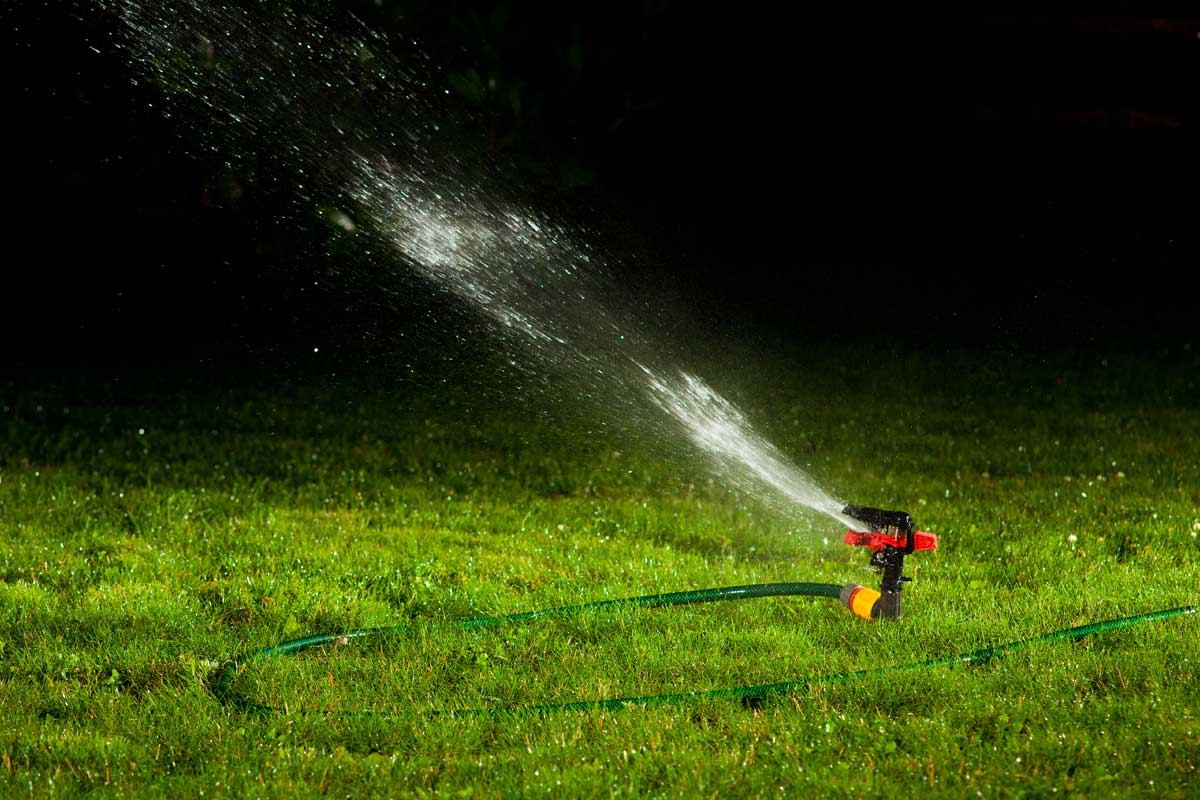
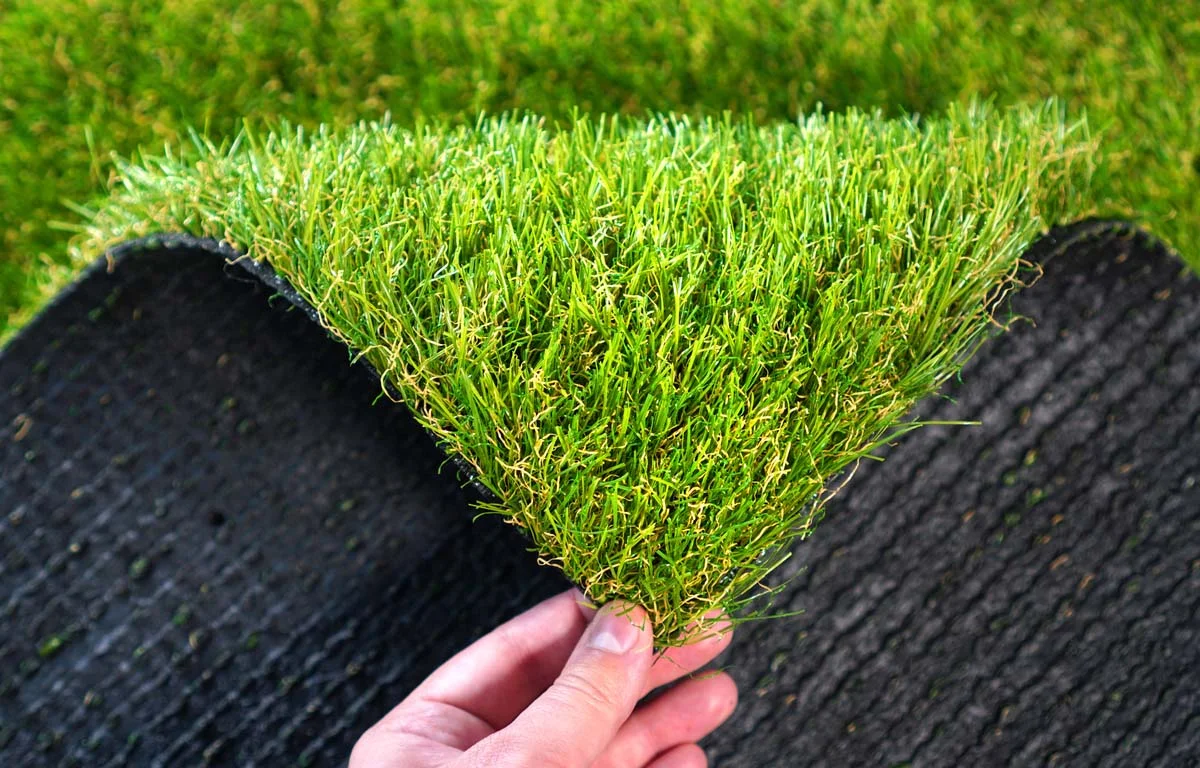
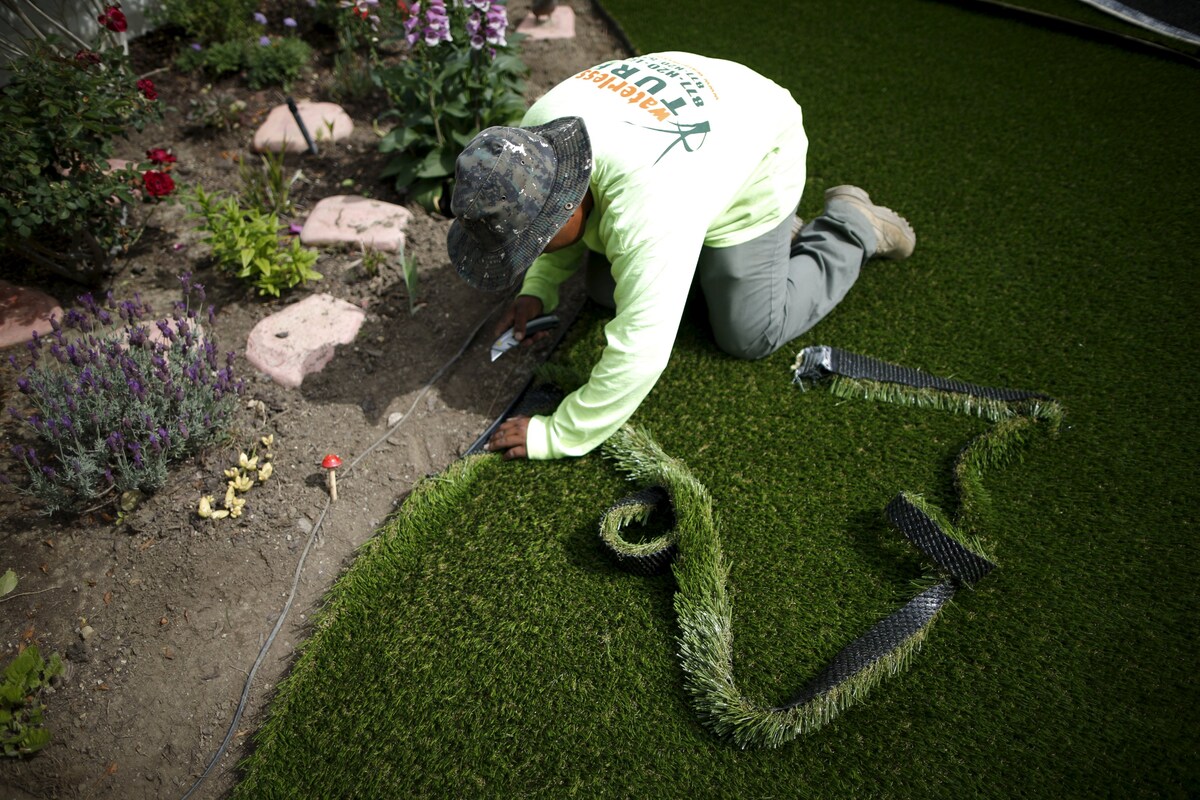
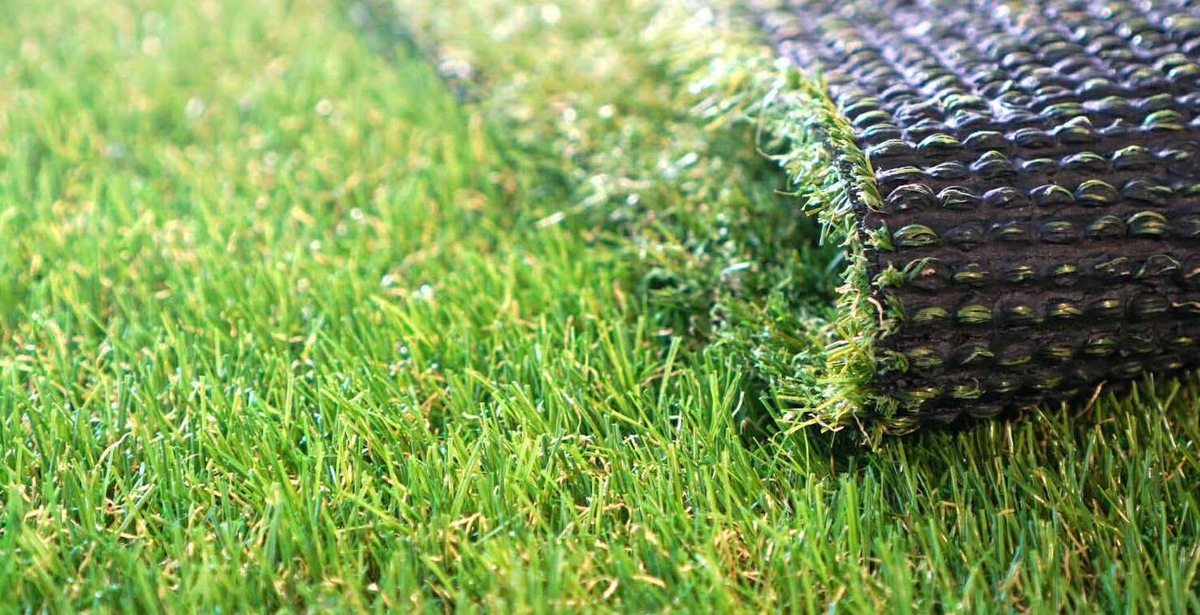
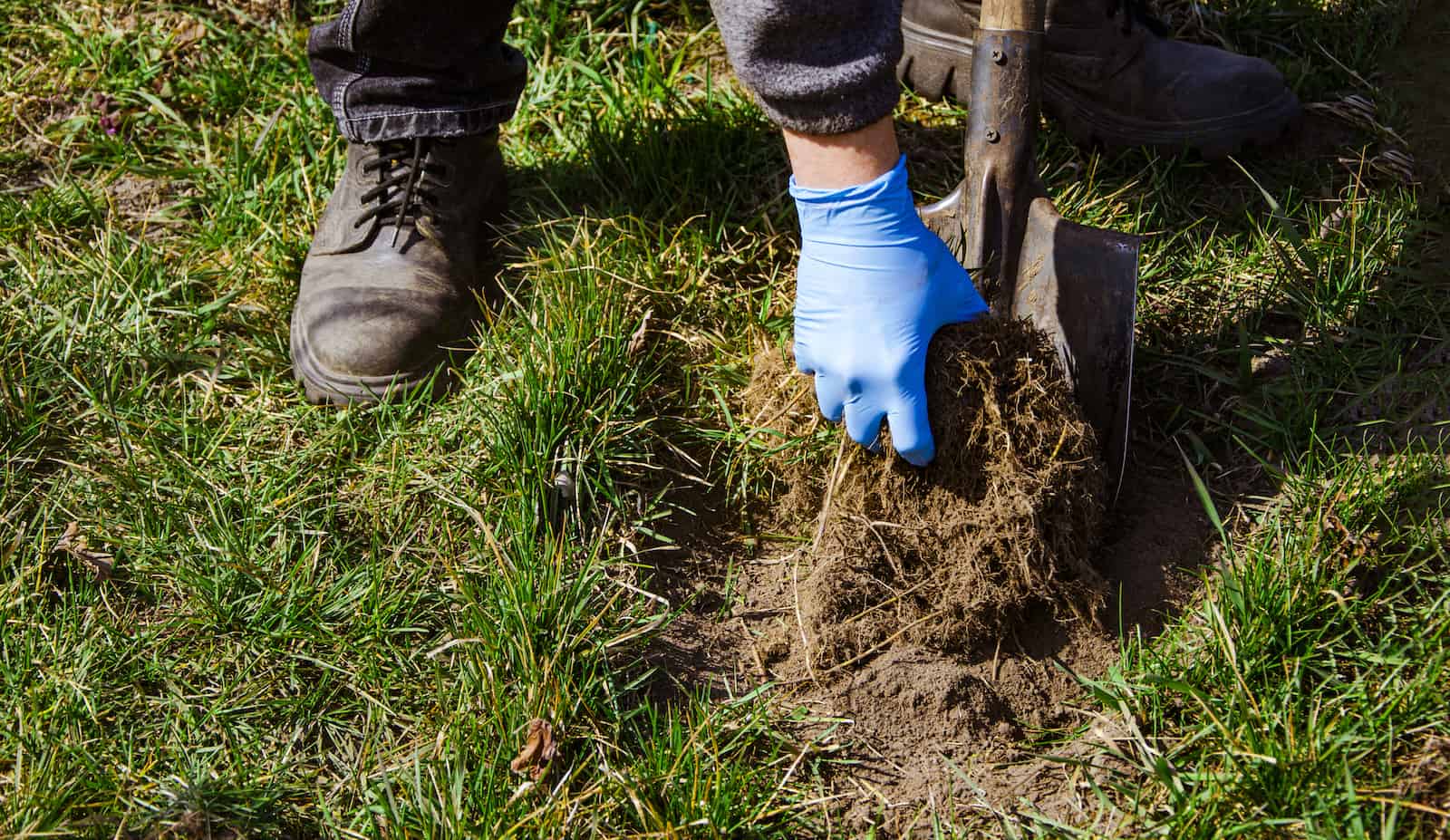
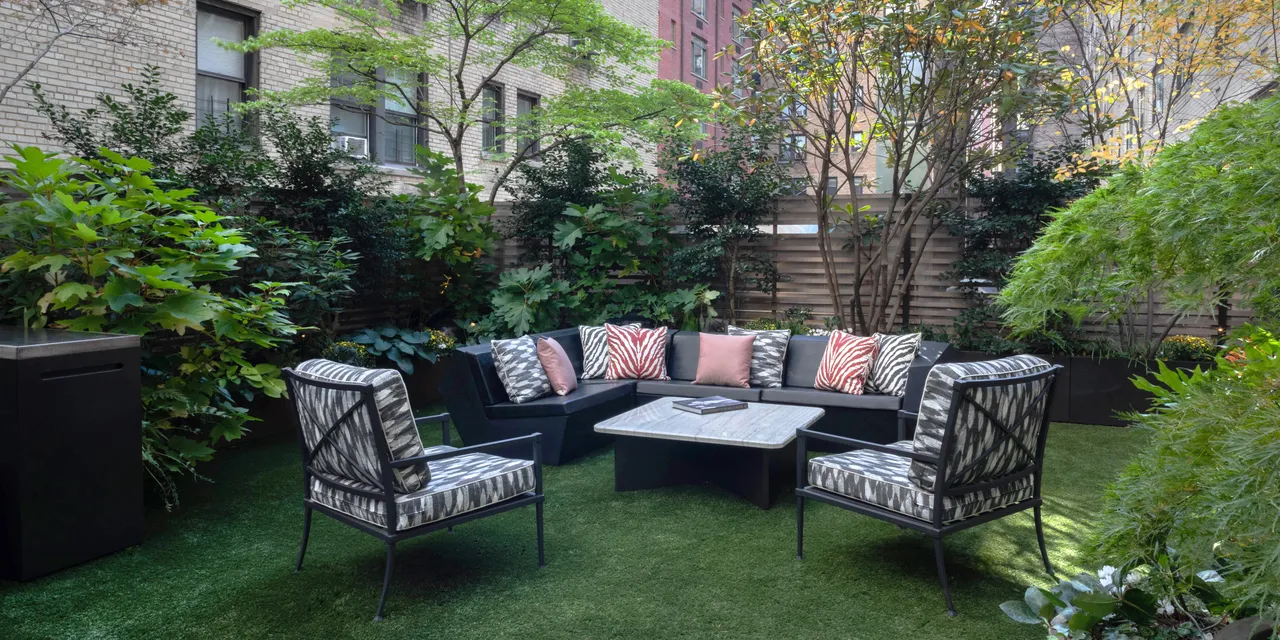

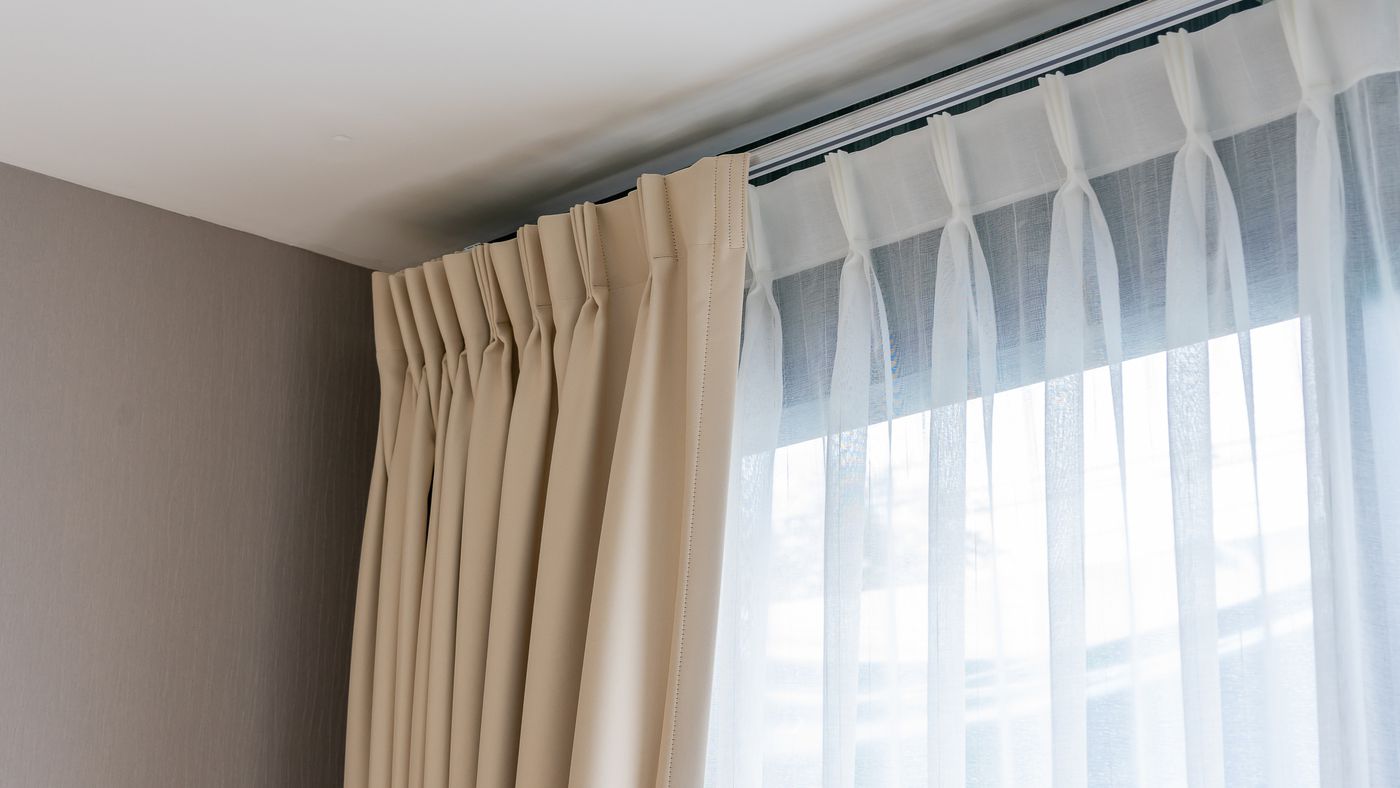
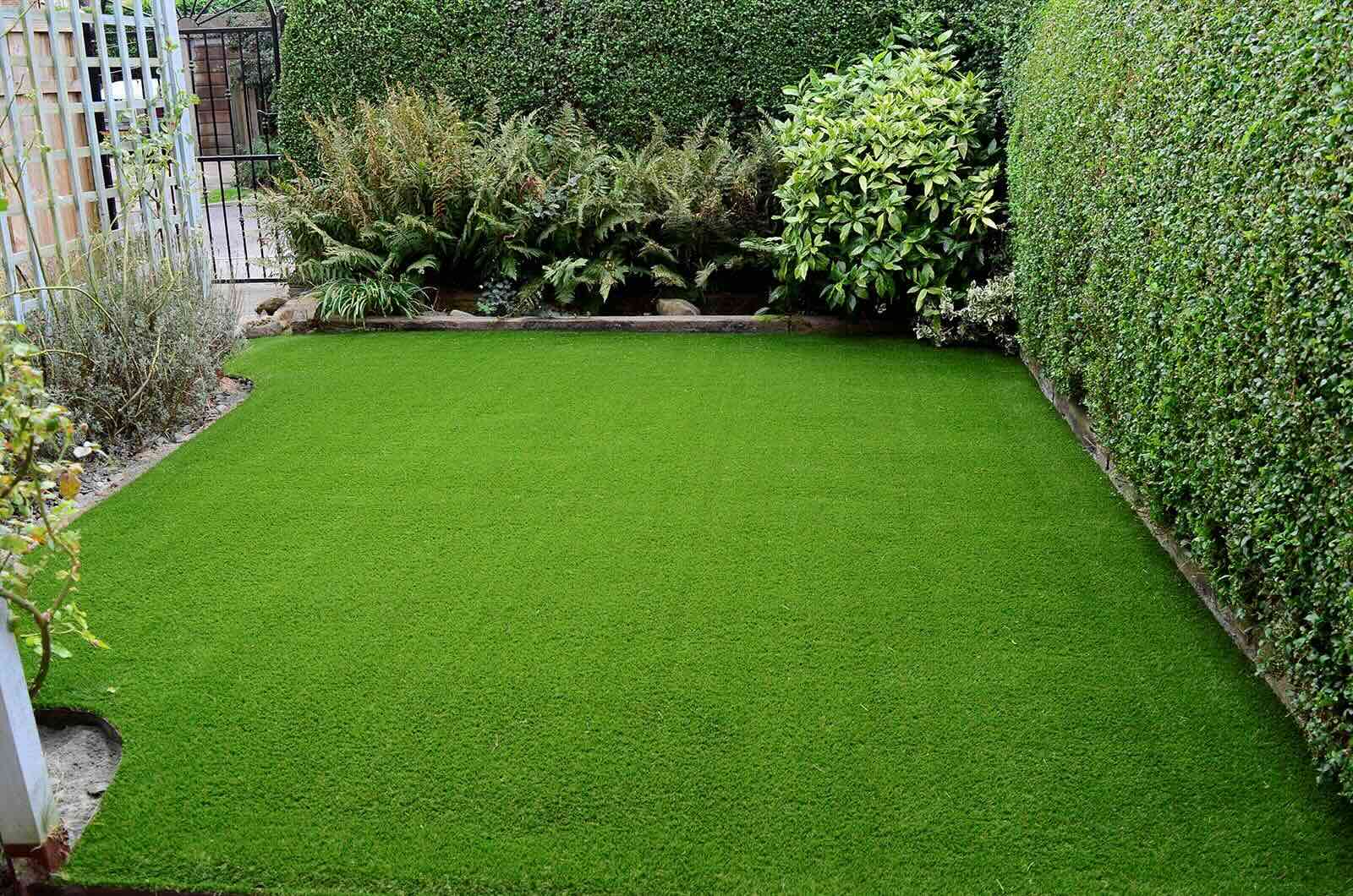
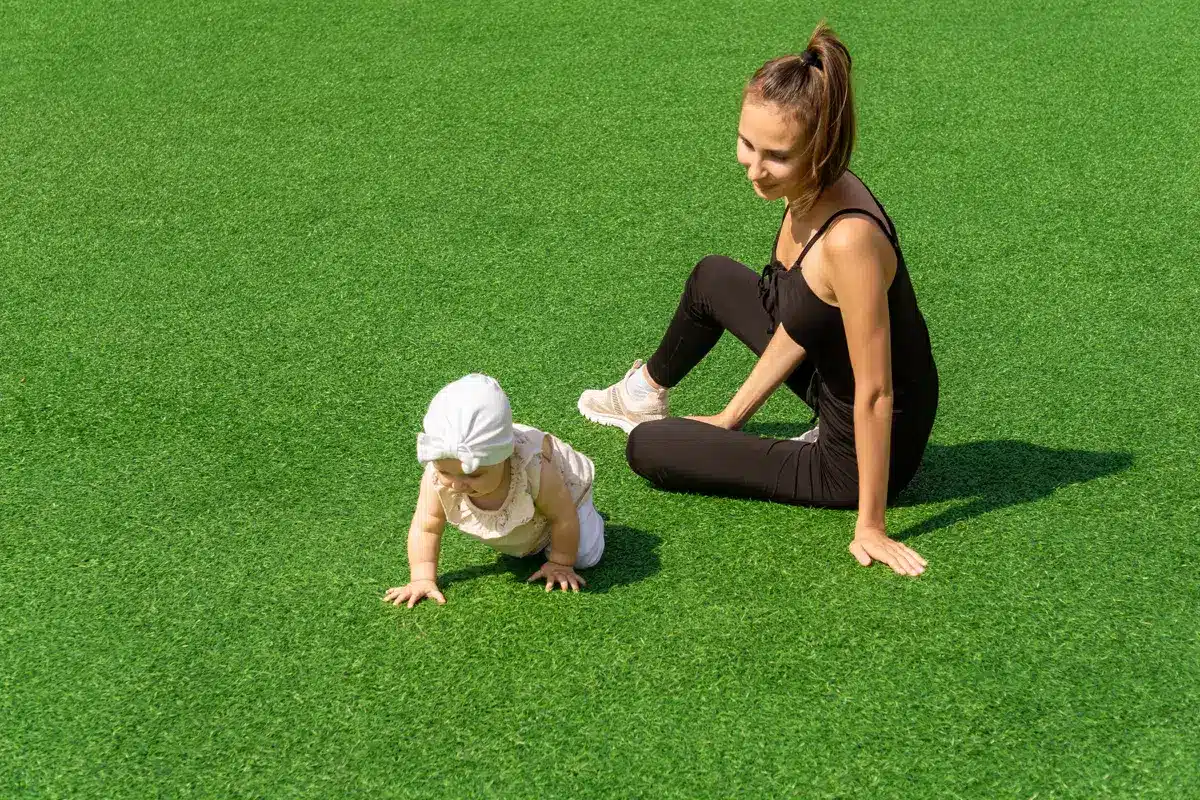
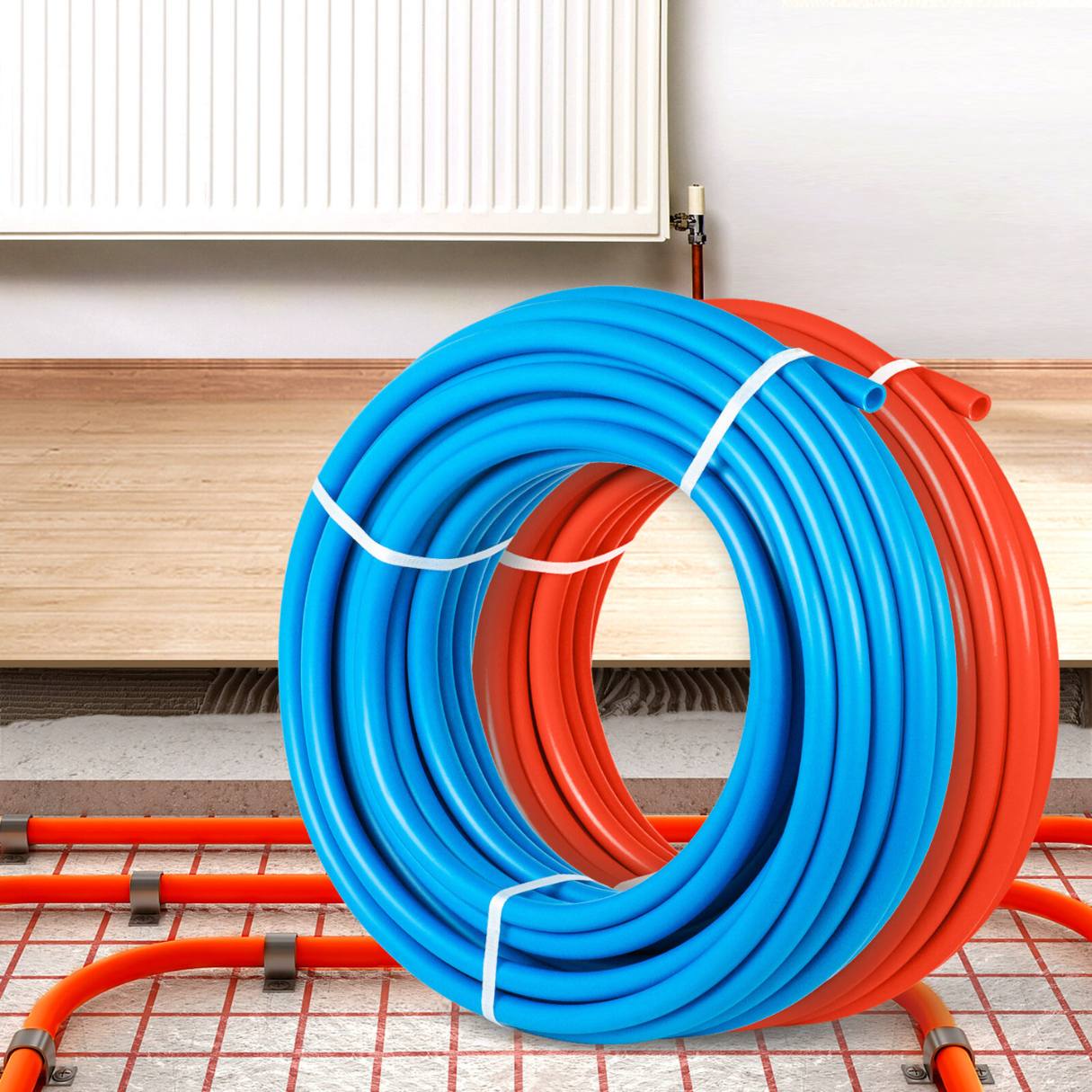
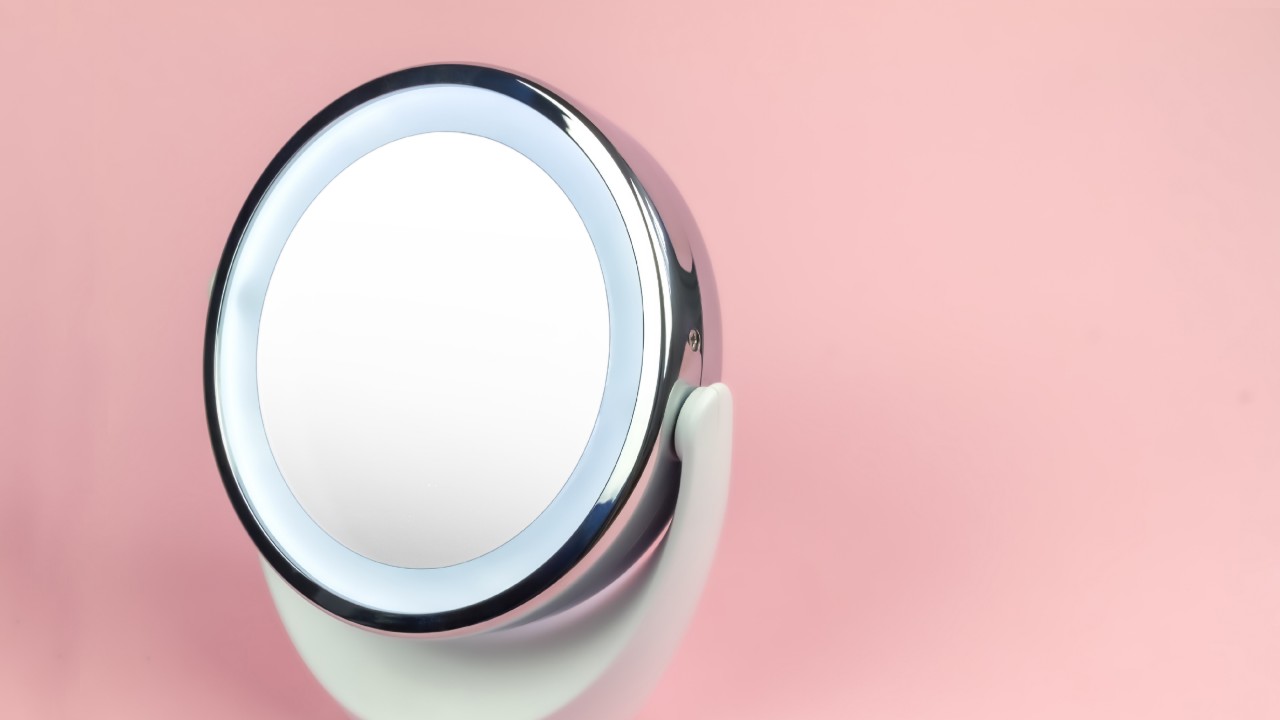
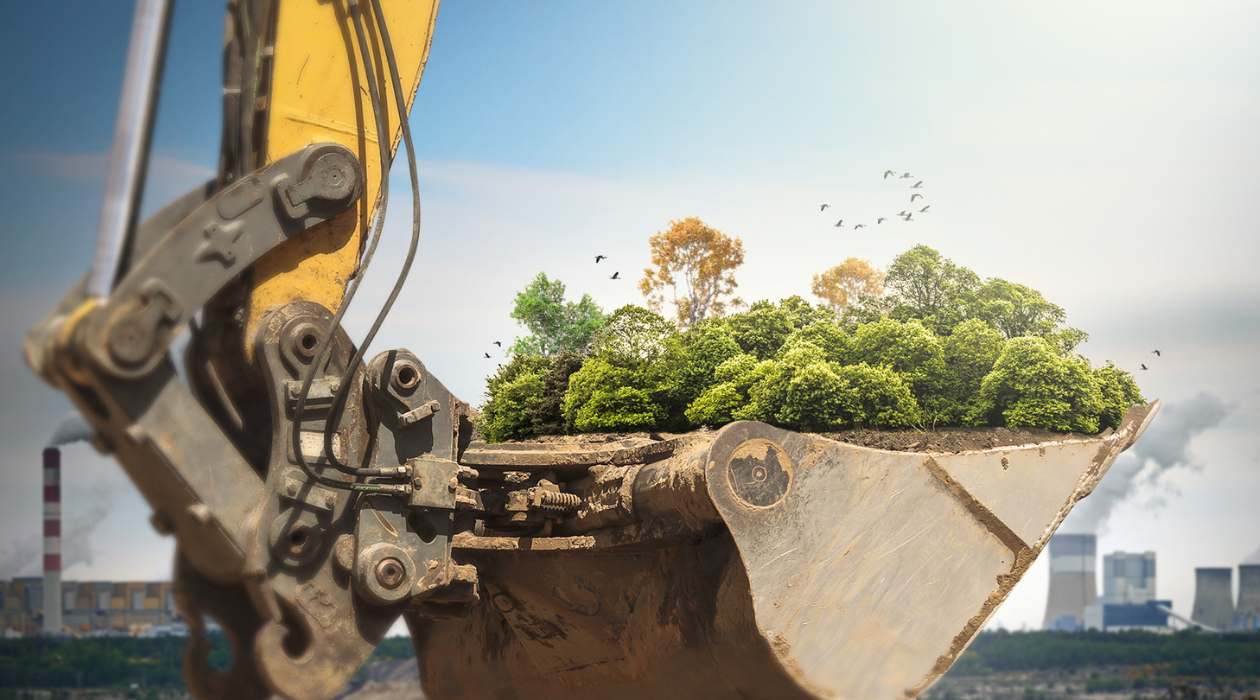
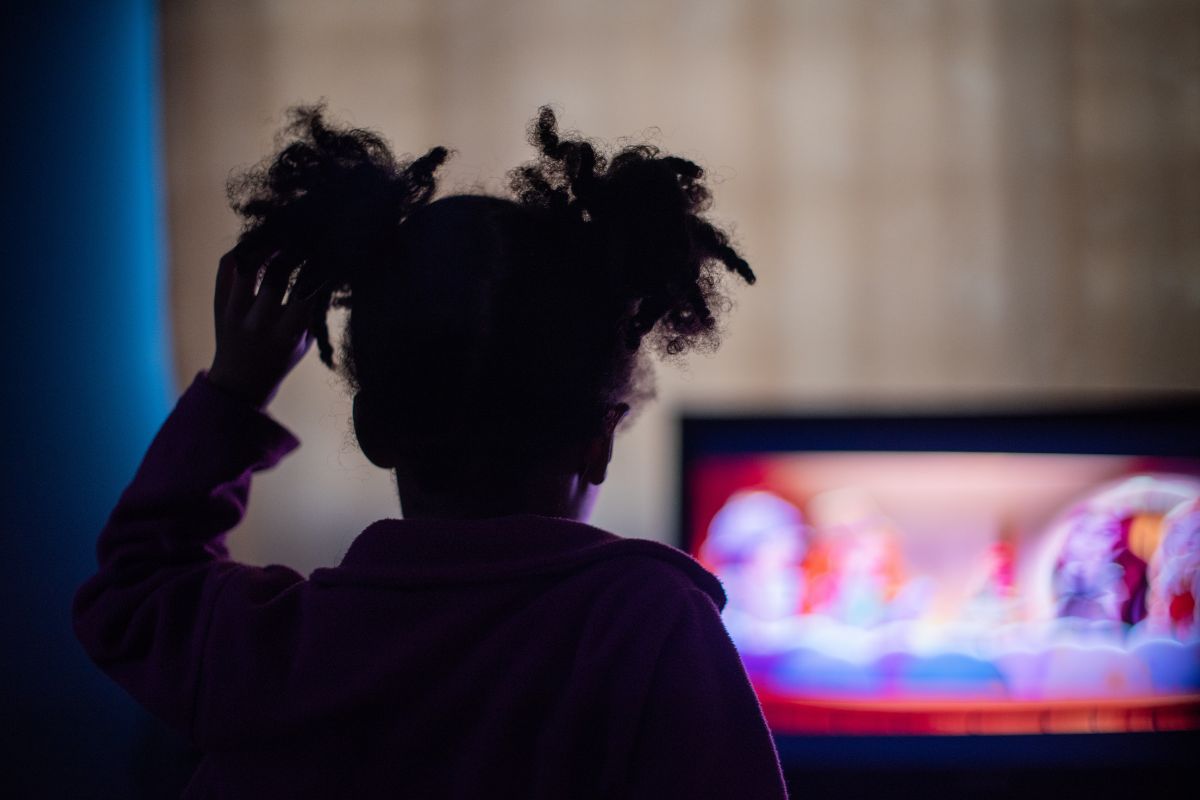

0 thoughts on “Why Fake Grass Is Bad”